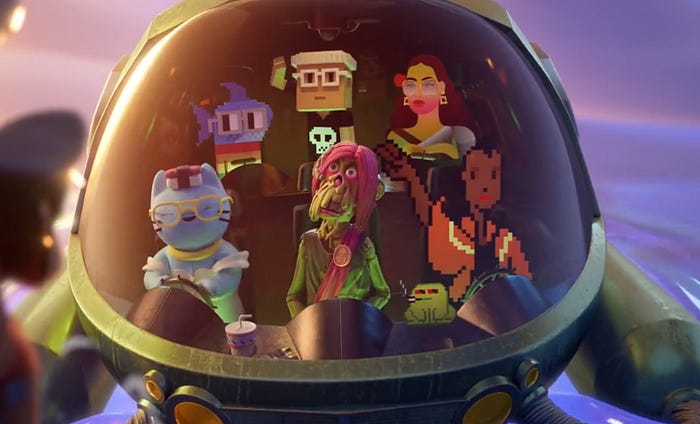
As I prepared to attend Magic Con in Philadelphia this weekend, I took a minute to reflect on the impact Magic the Gathering and trading card games have had on my life and career.
When I immigrated to America in the late 90s, Pokemon was all the rage. I would see my fellow students break out their trade binders during lunch while kids would gather around to stare wide-eyed at the collections of rare cards. While people loved to collect Pokemon cards, very few actually played the game.

Years later I watched Yu-Gi-Oh for the first time. The intro music, the ancient Egyptian sub-theme, and an entire world built around people who played trading card games…it was like nothing I had seen before. I played the TCG and while it was fun, the hype lasted for a year and I moved on.
It was at this time a friend told me to check out Magic The Gathering.
“It’s the granddaddy of trading card games.”
Created in 1993 by Richard Garfield, and published by Wizards of the Coast, Magic The Gathering is indeed considered the genesis of the modern trading card game.
I fell in love with MTG. Perhaps it was the beautiful art or the funny flavor text on the goblin cards. More than likely it was the wonderfully fleshed-out fantasy setting of Dominaria full of elves, wizards, and dragons. MTG was my introduction to the world of high fantasy.

Since then, I played many different card games including the World of Warcraft TCG which was later converted into Blizzard Entertainment’s digital card game, Hearthstone. I played the Hearthstone beta and I was hooked by the sleek UI and streamlined gameplay. I eventually moved on to MTG Arena and even tried out Gwent and Runeterra.
My experience with digital card games was foundational to my eventual Web 3 career transition. When I first learned about Web 3 I immediately saw the potential for NFTs to revolutionize the gaming industry. Moreover, I saw how NFT technology could be implemented in digital card games to enable something that had been missing from the genre…trading.
All the cards you acquire in digital card games are database items that you have no real ownership over. Blockchain technology has the power to turn database items into real digital assets that can be traded on a peer to peer basis or sold on secondary markets.
My first job in Web 3 involved working on a metaverse trading card game. I work on a number of different blockchain games at Gala but we also have our own digital card game called Legends Reborn in development by Kung Fu Factory.
As a kid collecting Pokemon and Yu-Gi-Oh cards, I never imagined I would have the opportunity to work on trading card games in my professional life.
Despite my day job, I still love to shuffle up and hit the tournament scene to play Magic The Gathering in my free time.

I am stoked to be in Philly this weekend for Magic Con.
You can guess what I will be playing.
Cheers,
Follow me on socials:



































